The Notre Dame Church in Timisoara was built between 1893 and 1894 in eclectic historicist style. Presently, the edifice serves the community of Catholic Bulgarians of Banat.
As a brief history, in 1857, at the invitation of the Bishop of Cenad Sándor Csajághy, six nuns from the order of Notre Dame came to Timișoara to set up a school for girls. Initially located in Cetate (the walled city), the school was soon moved to Iosefin neighbourhood, to a new ensemble of buildings whose construction started in 1881, with the financial aid of the new Bishop of Cenad, Alexander Bonnaz.
The ensemble consisted of several buildings designed for learning, a church, administrative buildings, a canteen, dormitories for pupils and housing for the nuns. The buildings display an eclectic style typical of the architecture at the end of the 19th century in Timișoara, while the church showcases Neo-romantic elements, all designed by the architect Eduard (Ede) Reiter. During the Second World War the ensemble was badly damaged by bombings, and the buildings lost a series of elements that were never replaced.
In 1948, by the Decree 176/1948 the Communist regime nationalized the school ensemble and removed it from the patronage of the Churches. The approximately 400 Notre Dame sisters had to stop their teaching activity on August 15, 1949, when all the Catholic churches were also closed. Many of them were arrested and interrogated by the Security and sent to prison. Some of them went to Germany. Others went to the Maria Radna Monastery in Arad county, but in 1952 they had to move again. Some of them went to Orastie, others to a farm in Popeşti-Leordeni.
After the 1989 Revolution, the Vatican leadership of the Notre Dame order tried to revitalize the branch in Banat. 72 sisters were sent to Timișoara and the order bought them another building for their activities because the campus ensemble buildings were not yet retroceded. The properties were finally retroceded to the order in 2005.
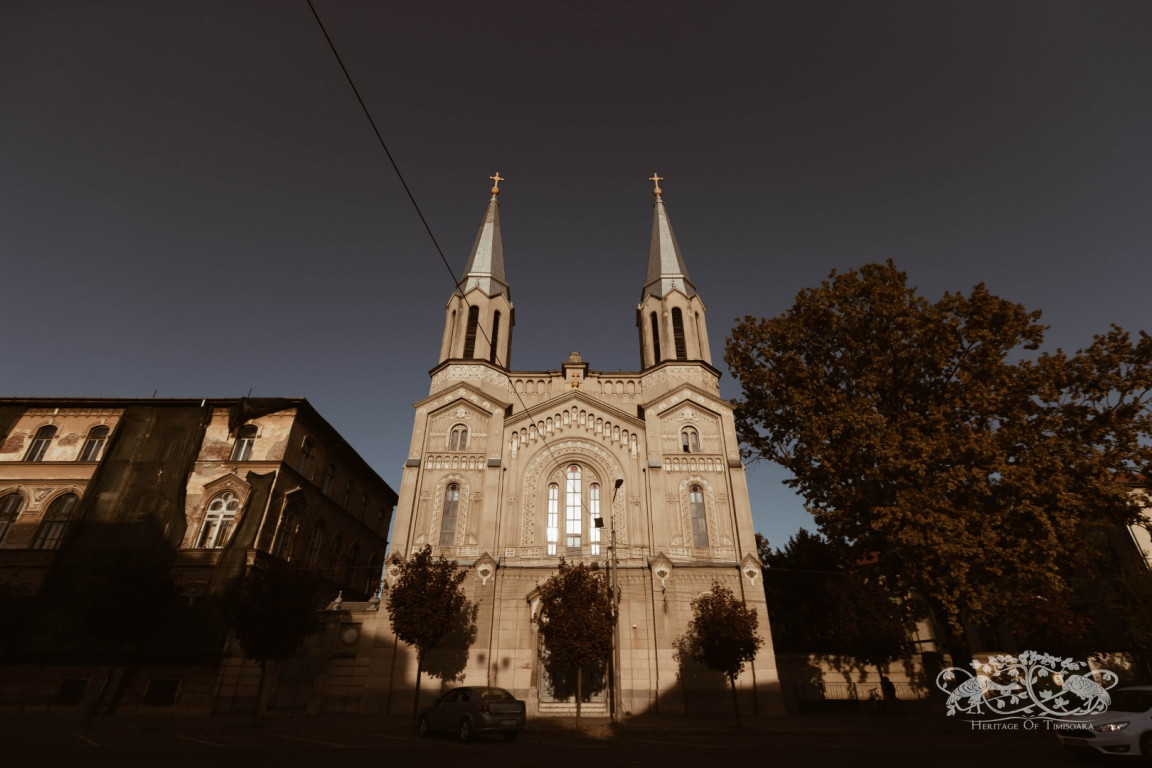
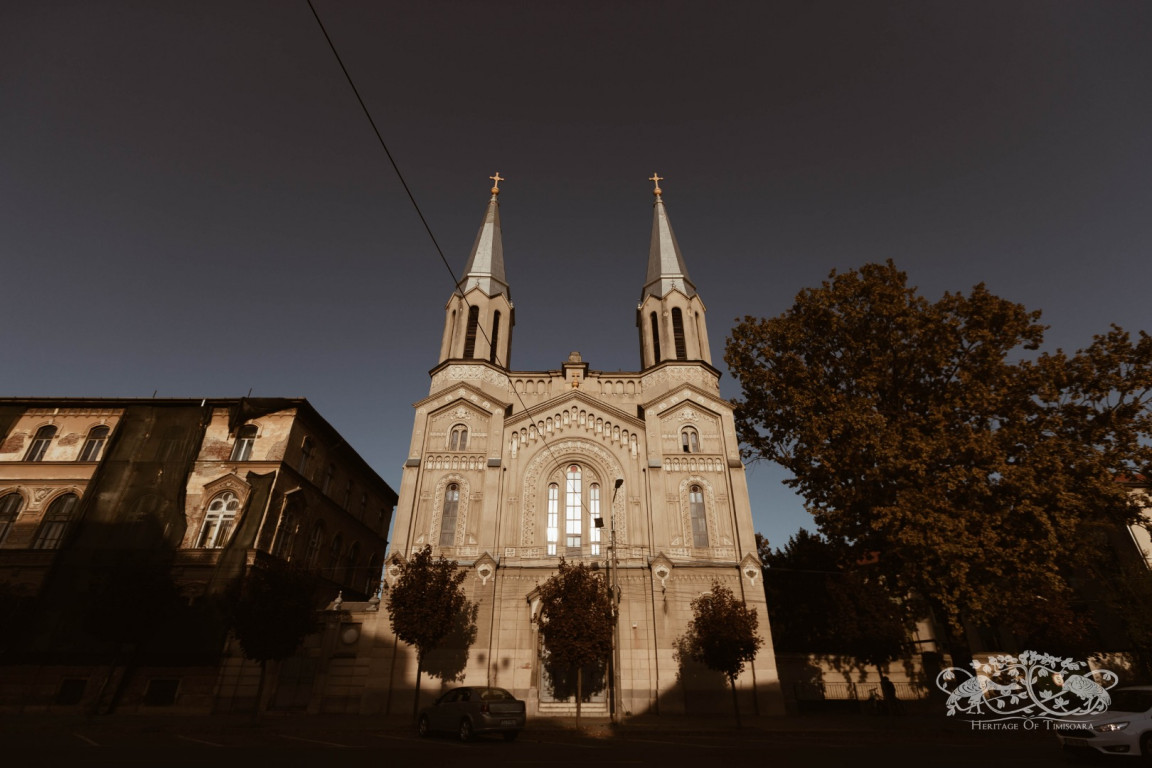
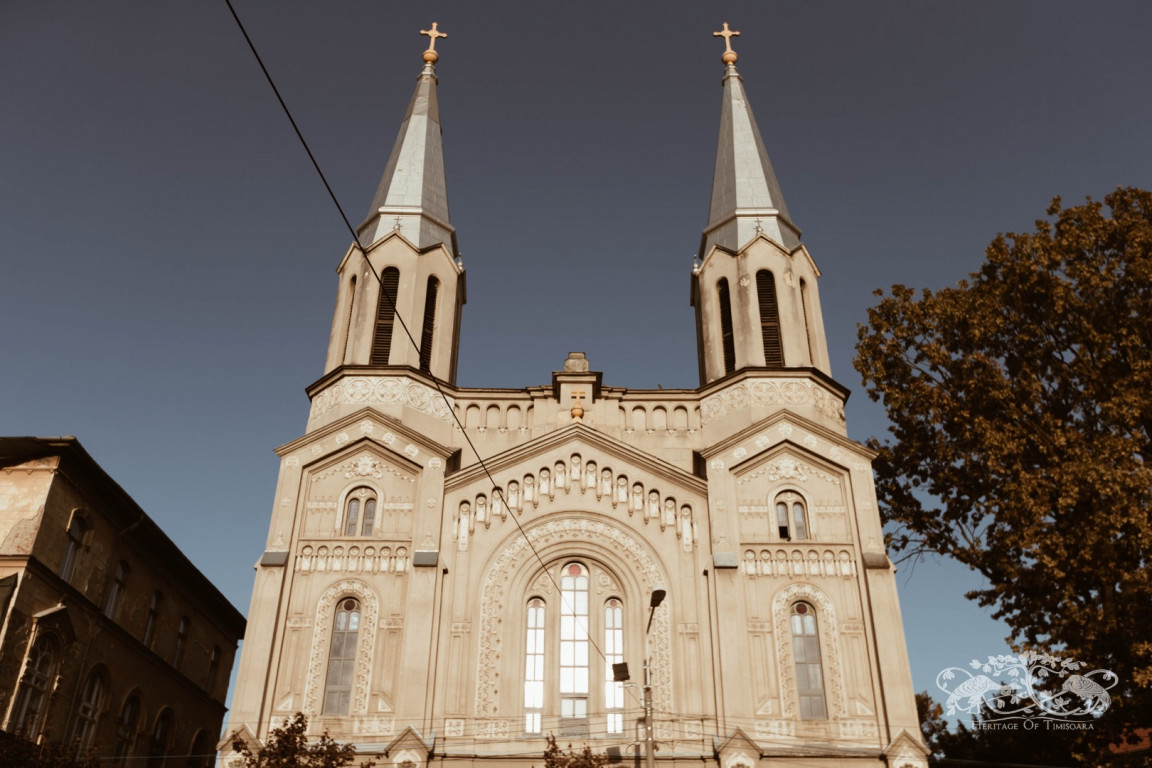


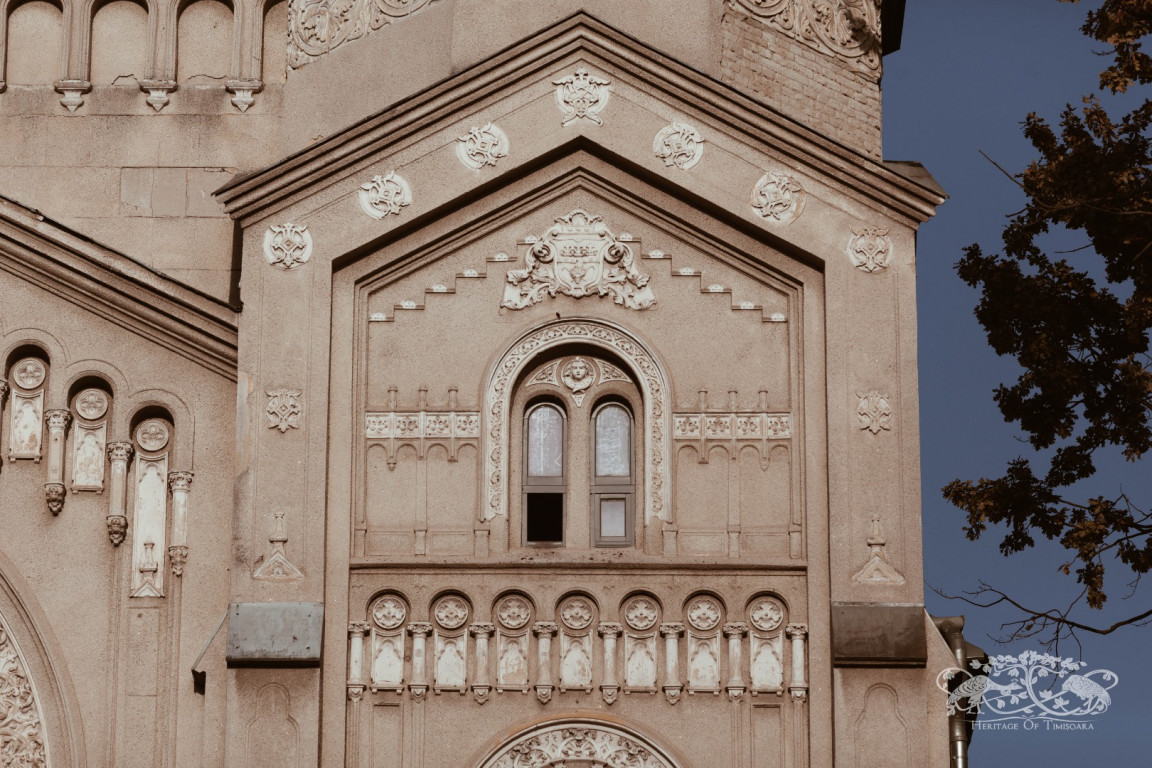
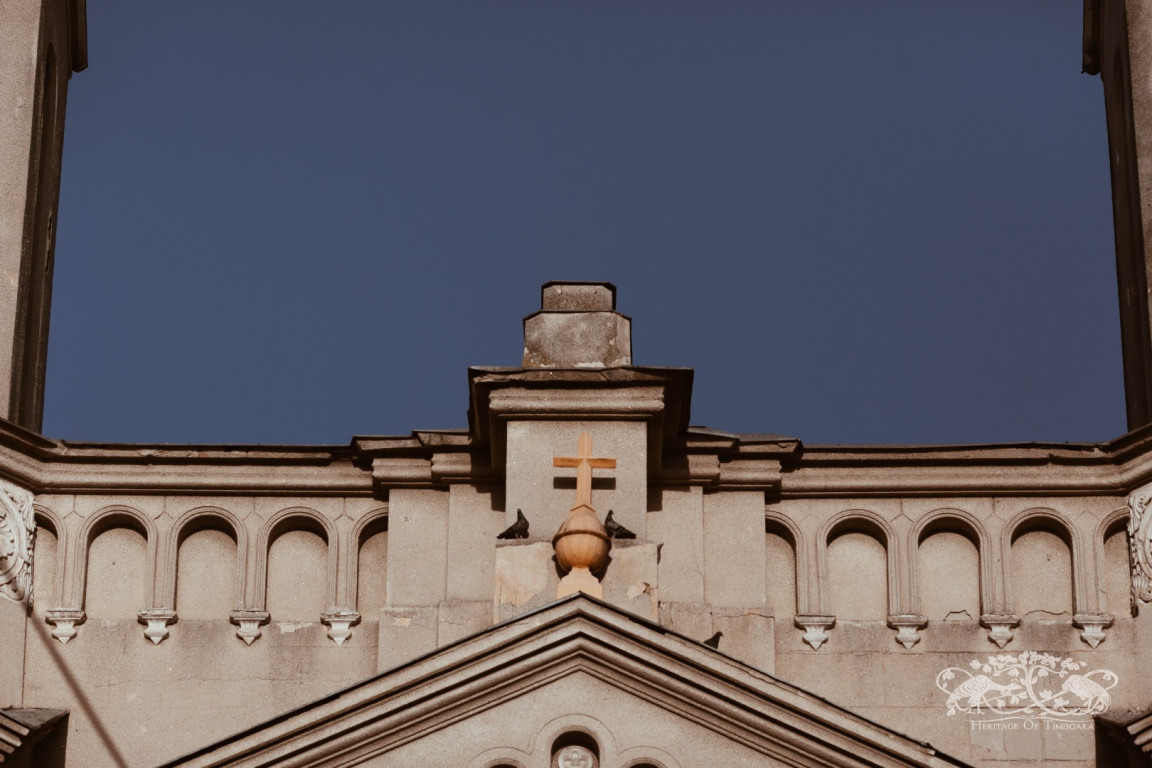
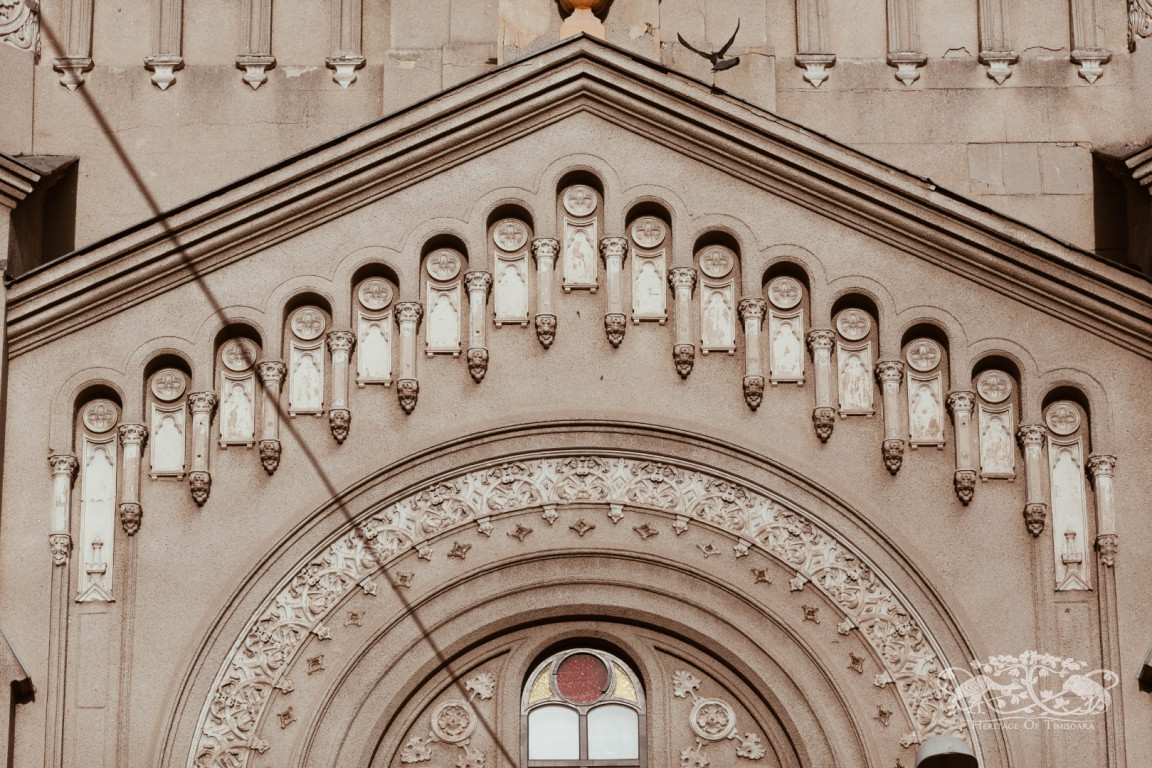
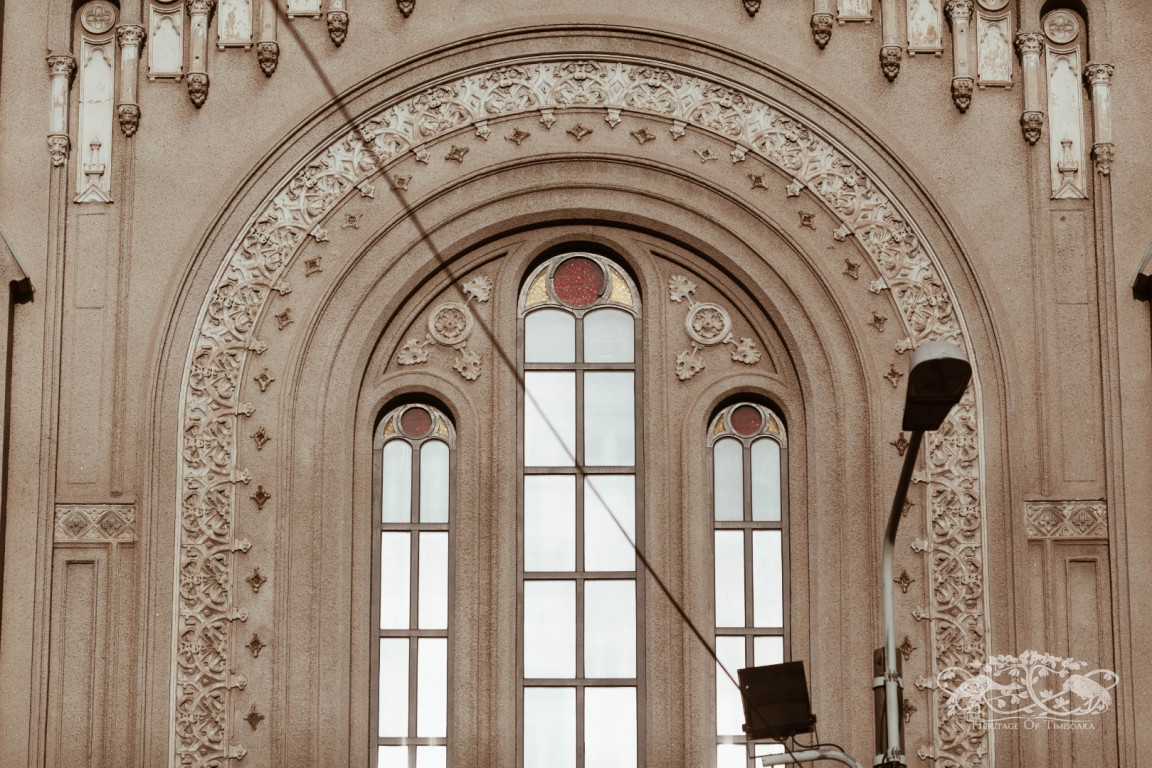
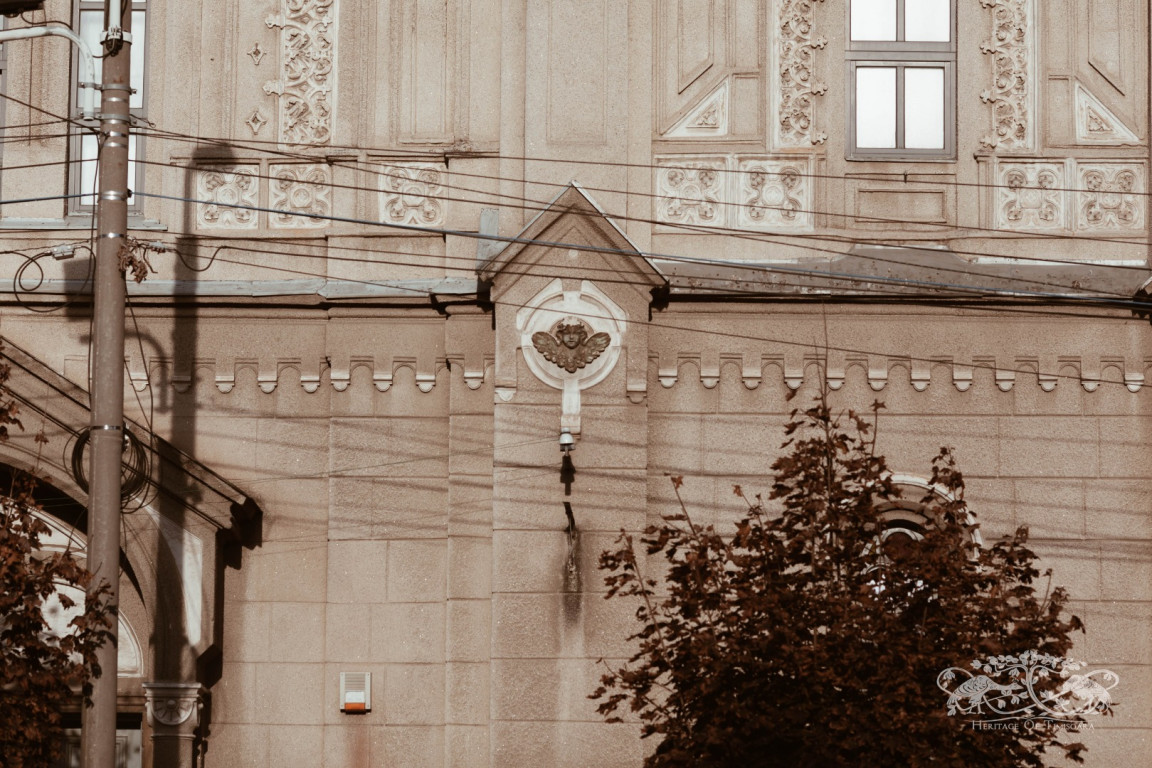

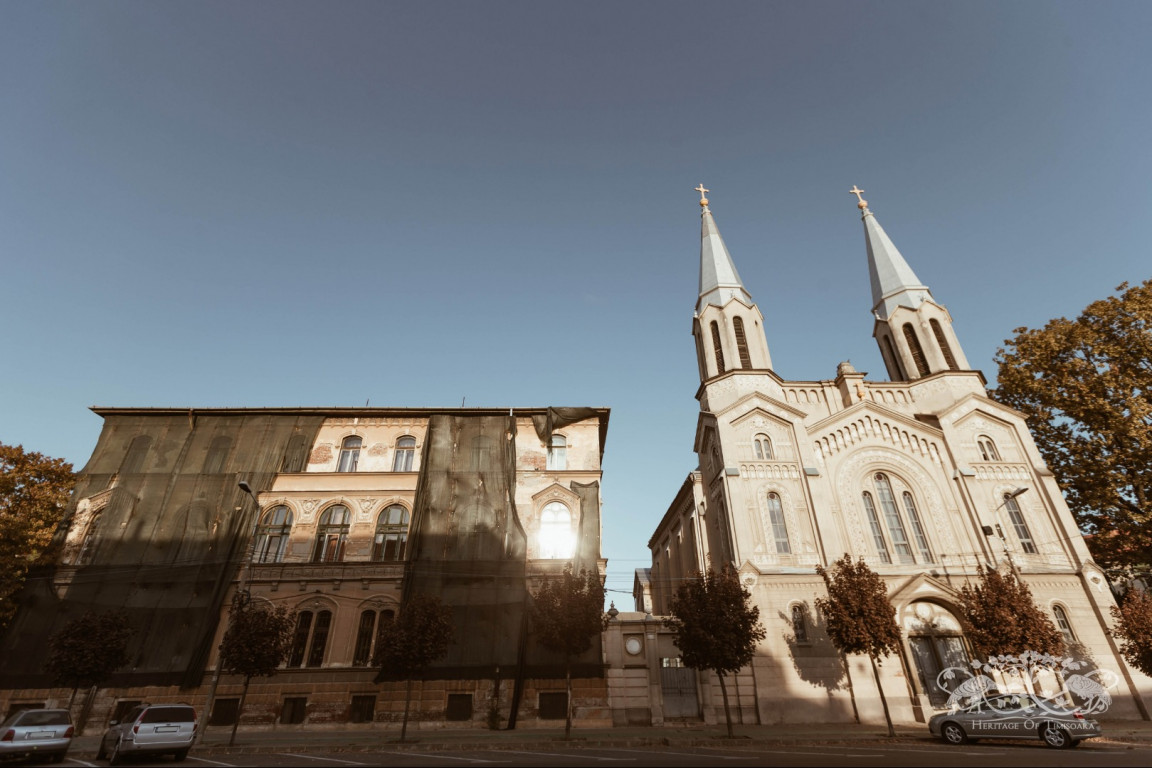
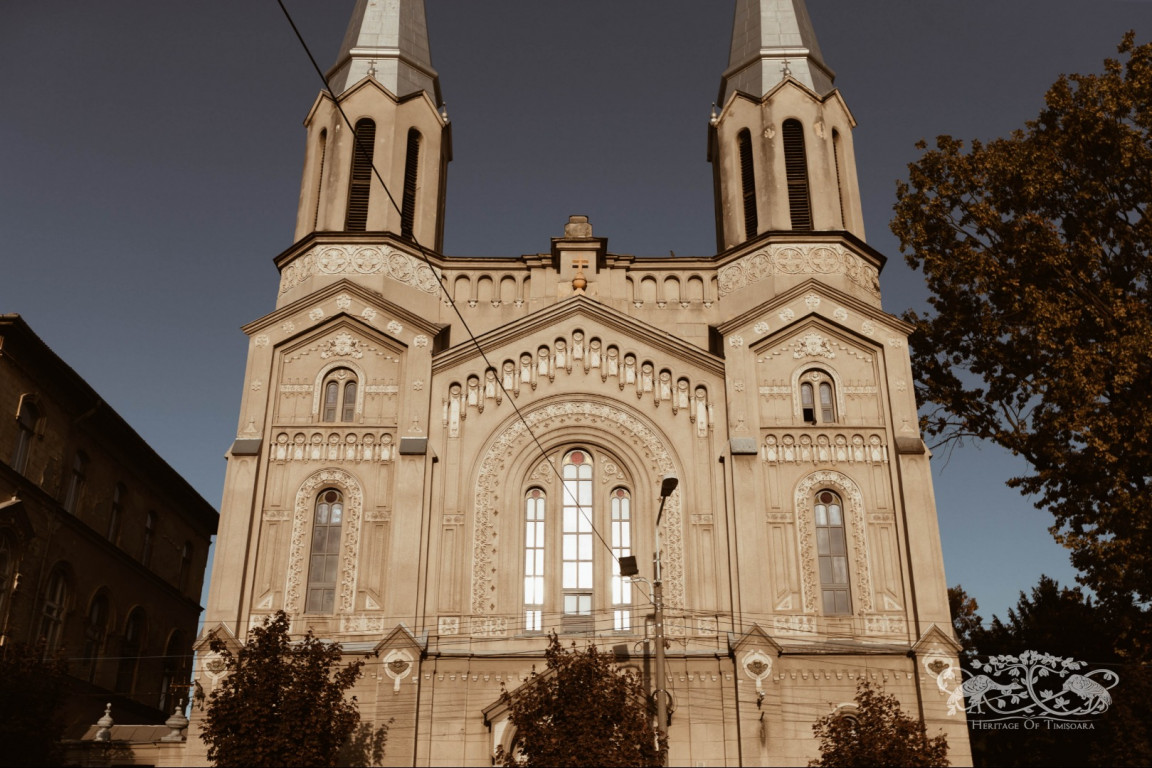
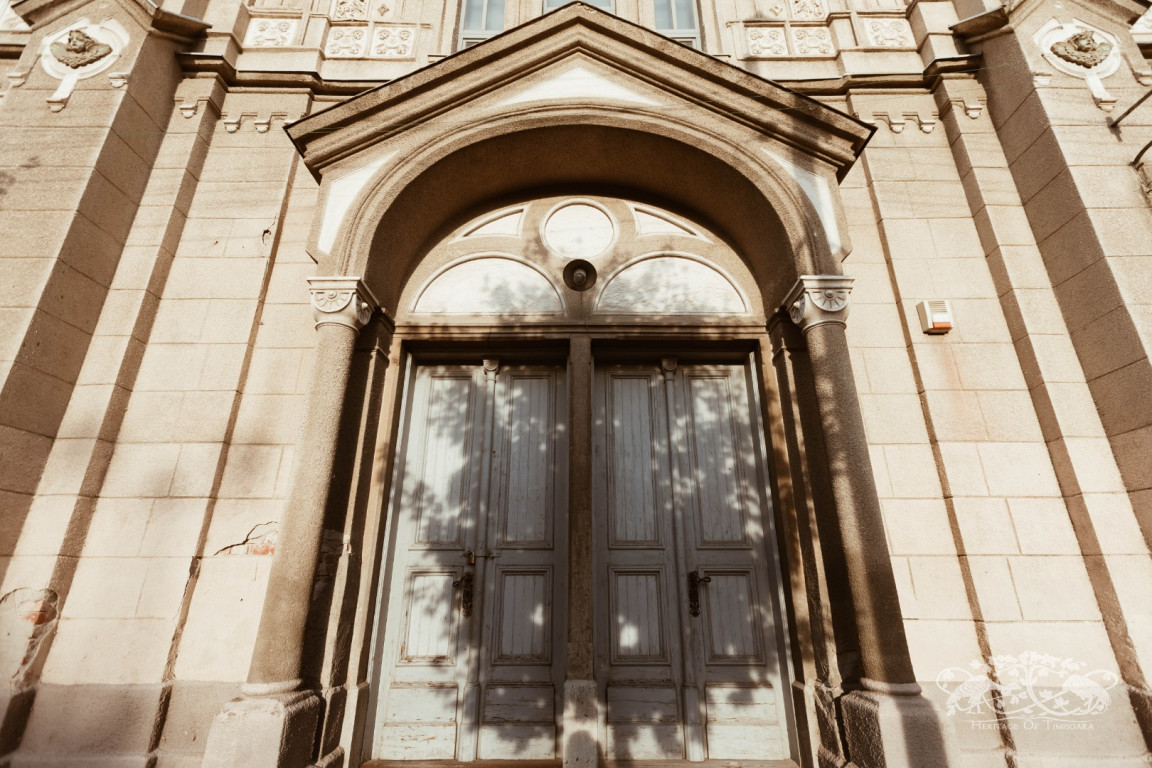
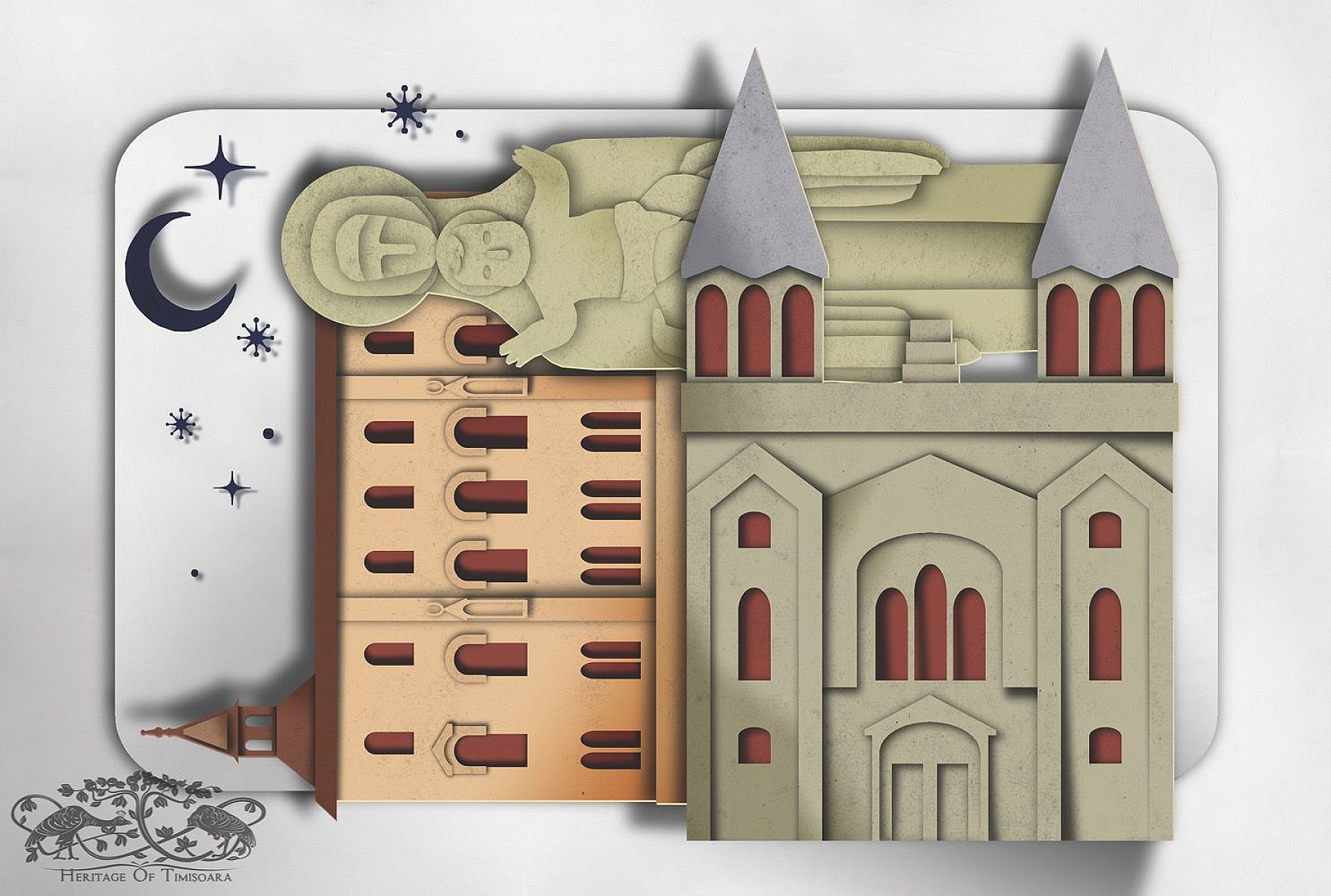
Add your contribution to this building!
Written by Rares Pontea, 2 years ago
Viele Grüße von Rares